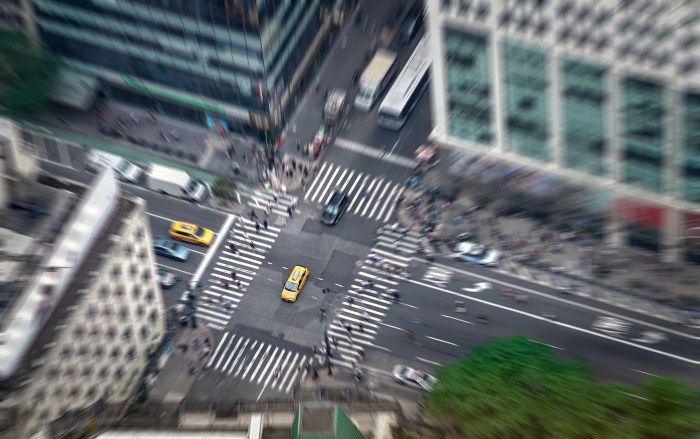By The Greater Astoria Historical Society
On Aug. 14, 2001, the city Landmarks Commission designated the Benevolent and Protective Order of Elks Lodge No. 878 in Elmhurst as a city landmark.
Organized in 1903, the lodge steadily grew until, with over 1,000 members, it was forced out of its cramped quarters in Long Island City. Choosing the then-fashionable suburban setting at 82-10 Queens Blvd., the group built the largest Elks Lodge on the East Coast. The Ballinger Co. designed the granite, limestone and brick structure that was dominated by a now-verdigris-covered elk at the front entrance. It opened in 1923, costing nearly a million dollars. Near the borough’s center and convenient to transportation, it was considered the perfect location.
The clubhouse, providing a grand setting for celebrations, once stood at the apex of the borough’s social life. A New York Times article in the 1990s inventoried its lavish features. The theater, which could seat 700 people, boasted decorations in the Aztec theme with smiling gods as sconces. An Art Deco stained-glass ceiling proclaimed the order’s four cardinal tenets: charity, justice, brotherly love and fidelity. It had a 732-pipe Wurlitzer organ.
Its dining room/banquet hall featured pewter chandeliers, a scalloped bandshell and bas-relief griffins on the walls. With 26 full-time employees, it was once considered one of the finest restaurants in Queens, serving both lunch and dinner. Waiters wore tuxedoes.
The Tudor-style grill room, with exposed beams, had stained glass windows and elk-head steins. It had a ladies lounge and, in a brazen act for the middle of Prohibition, boasted three bars. One, at 50 feet, was perhaps the largest in the borough.
It had a barber shop, a game room with poker and pool tables, eight bowling alleys and a television room with trophies and mounted elk heads. A fully equipped gymnasium was called the “New York Athletic Club of Queens.” It had an exercise room, sauna and 25-foot-by-75-foot pool. Original wood Adirondack lounge chairs sat on the terrace overlooking Queens Boulevard.
The facility had between 30 and 60 guest rooms and a 24-hour doorman.
A generation ago, at 6,600 members, it had some of the borough’s most prominent residents. Tickets for the annual six-day Elks bazaar, the borough’s premier social extravaganza, were sold out months in advance. Dozens of cars, offered for its annual car raffle, raised funds for charity. A good deal of the business of the borough was conducted within its walls. It was called the borough’s “social nexus.”
From its lofty perch, the organization suffered a sharp decline. Membership fell to a shadow of its former glory as old fraternal organizations became anachronistic when their charitable and benevolent functions were largely taken over by the government. Older members died and newer residents had no interest in arcane ritual or fraternal fellowship. The community in Elmhurst changed. New residents had little interest in joining.
The lodge became largely unused. Its fading neoclassical castle of brick and plaster bore witness to bouts from the promotion Extreme Championship Wrestling. The annual bazaar was discontinued after 1985. The exercise equipment in its gym was described as valuable antiques. Half the guest rooms were vacant.
A third-generation Elk remarked to a newspaper, “I don’t think we’ll ever see such glory again. Everyone is dying off and there’s no new blood. It’s the loss of an era.”
Perhaps the final straw was property taxes, which nearly tripled and approached six figures within a decade.
A few years ago, the Elks sold the building to the New Life Fellowship, a Korean church organization, but remained as tenants.
The Elks began in the city after the Civil War as a means to get around closing hours for public taverns. They soon evolved into a charitable and service order and grew to a million members.
Their logo features a clock whose hands point to 11 o’clock. Called the “Hour of Recollection,” a toast is made at that time to all absent members: “Living or dead, Elks are never forgotten, never forsaken.”
For more information, call the Greater Astoria Historical Society at 718-278-0700 or visit astorialic.org.


































